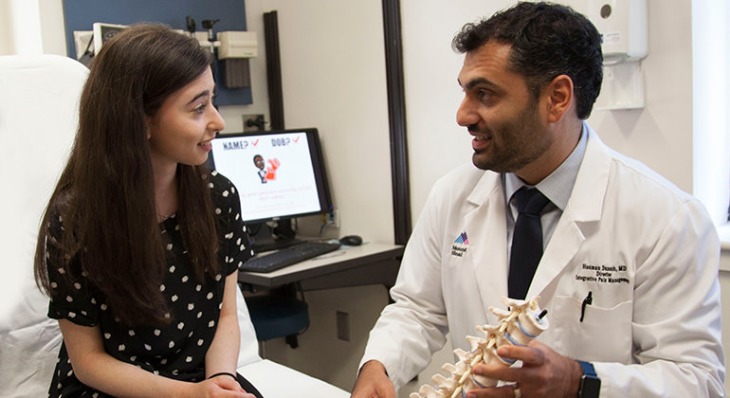In the ever-evolving world of medical advancements, the USG-guided brachial plexus block has emerged as a revolutionary technique in pain management and regional anesthesia. Leveraging the power of ultrasound technology, this method has significantly enhanced the precision and effectiveness of nerve blocks.
Understanding the Brachial Plexus
The brachial plexus is a network of nerves that originate from the spinal cord in the neck and travel down the arm. This intricate web of nerves is responsible for motor and sensory functions of the upper limb. When procedures require anesthesia or pain relief in the arm, targeting these nerves becomes crucial.
The Advancements Brought by Ultrasound Guidance
Traditional approaches to brachial plexus blocks relied on anatomical landmarks and nerve stimulation, which sometimes led to variations in success rates and potential complications. The introduction of ultrasound-guided brachial plexus block has streamlined this process, offering multiple benefits:
- Enhanced Precision: Real-time imaging allows practitioners to visualize the nerves, ensuring accurate needle placement and reducing the risk of damaging surrounding structures.
- Improved Safety: The ability to see the surrounding anatomy minimizes complications such as inadvertent vascular puncture or nerve injury.
- Better Patient Outcomes: More effective nerve blocks translate to improved pain management, quicker recovery times, and higher patient satisfaction.
Application in Clinical Settings
The USG-guided brachial plexus block is versatile and can be employed in various clinical scenarios, including:
Surgical Procedures
This technique is invaluable during surgeries involving the shoulder, arm, elbow, forearm, and hand. By providing effective regional anesthesia, it allows for surgeries to be performed without the need for general anesthesia, reducing associated risks.
Chronic Pain Management
Patients suffering from chronic pain conditions, such as complex regional pain syndrome or post-herpetic neuralgia, can achieve significant relief with this targeted approach. The precision of ultrasound guidance ensures that the anesthetic agent is delivered precisely where it’s needed, alleviating pain effectively.
Steps Involved in Ultrasound-Guided Brachial Plexus Block
Performing a USG-guided brachial plexus block involves several critical steps:
- Preparation: Gathering all necessary equipment, including the ultrasound machine, sterile gel, and a nerve block needle.
- Patient Positioning: Positioning the patient to maximize comfort and accessibility to the target area.
- Ultrasound Imaging: Using the ultrasound probe to identify anatomical landmarks and locate the brachial plexus nerves.
- Needle Insertion: Guided by real-time imaging, the needle is carefully advanced to the nerve bundle.
- Anesthetic Administration: Once the needle is in place, the anesthetic solution is slowly injected around the nerves.
The Future of Ultrasound-Guided Techniques
The continued integration of ultrasound technology into medical practices opens new avenues for innovation. The USG-guided brachial plexus block exemplifies how precision and technology can transform patient care, offering safer and more effective solutions for pain management and anesthesia.
Read more about brachial plexus block here.
As ultrasound-guided techniques gain widespread acceptance, they will undoubtedly shape the future of medical procedures, setting new standards in patient care and treatment outcomes.



